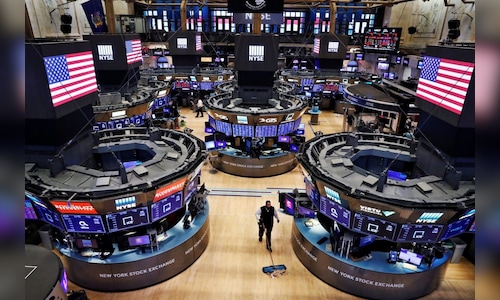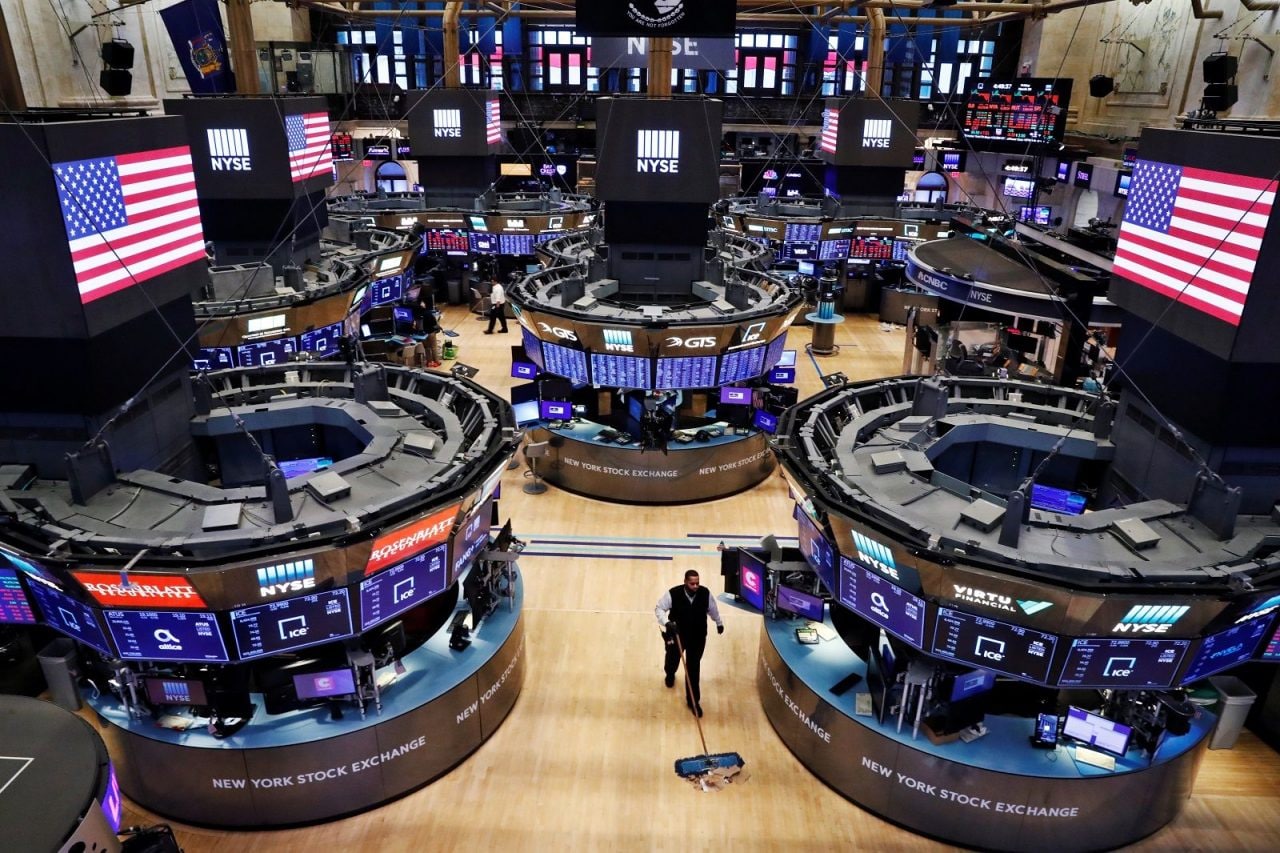

| Company | Value | Change | %Change |
|---|
The underperforming Dow Jones fell the least among the benchmark indices, declining 0.4%. The S&P 500 fell 1.`%, while the Nasdaq, which led the gains over Friday and Monday, fell nearly 2%.
Losses were led by Nvidia, which fell over 6% after hitting a record high the previous day. Tesla shares too fell 4% after Bank of America downgraded the stock citing high valuations and risks associated with its strategy. Meta, Apple and Microsoft shares also fell between 1% to 2%. A gauge of these big tech companies fell 2.5%.
Treasuries fell across the curve on Tuesday. A $39 billion sale of 10-year bonds drew the highest yield since 2007. Yield on the 10-year stood at 4.69%, while in the UK, the 30-year yield rose to the highest level since 1998. The US Dollar also saw a rebound after cooling off on Monday, back at levels of 108.7.
Services PMI in the US stood at 54.1 in December, where a reading above 50 indicates economic expansion. Prices paid for materials and services rose to 64.4, the highest since early-2023.
Swap traders who were pricing in another Fed rate cut by March, scrapped wagers that there will be one until the second half of the year. The CME FedWatch tool projects a 94% probability of a status quo policy decision from the FOMC later this month.
“Rising yields are not necessarily an issue for stocks unless, of course, the economy starts to fail. Then all bets are off,” said Kenny Polcari at SlateStone Wealth. “But rising yields will be an issue if inflation rears its ugly head.”
Separate data on Tuesday showed job openings rising to the highest in six months in November boosted by a jump in business services.
The 10-year yield has now risen more than one full percentage point since its close on the day before the Fed’s first rate cut in mid-September, noted Bespoke Investment Group strategists. Around current levels, it’s right on the cusp of “extreme cheap” territory, using the firm’s fair-value model.
“By now, plenty of faces have been ripped off by this most recent bond-market tantrum, and even though we’d love to say that the worst is over, there’s no indication that shorts are exhausted or that data is supportive of a duration rally,” said Thomas Tzitzouris at Strategas.
“That could change by Friday, with the jobs number, and we have to assume that there will be some profit taking on duration shorts by tomorrow, with equity markets being closed on Thursday. But for now, the growth in the short base appears to be tentatively supported by growth in float,” he said.
Tzitzouris also noted that this is not just bad news for Treasuries, but with corporates trading at their tightest levels of the cycle adjusted for default risk, we’re entering a “danger zone” for both risk assets and safe havens.
(With Inputs From Agencies.)



